The Earth’s rotation on its axis causes day and night.
The Earth’s revolution (in its orbit around the Sun) causes change in seasons.
When nights and days are equal is known as ‘Equinoxes.’ During the equinox’s time, the Sun shines exactly over the equator.
March 21 (of every year) is known as the vernal (spring) equinox and September 23 (of every year) is known as the autumnal equinox.
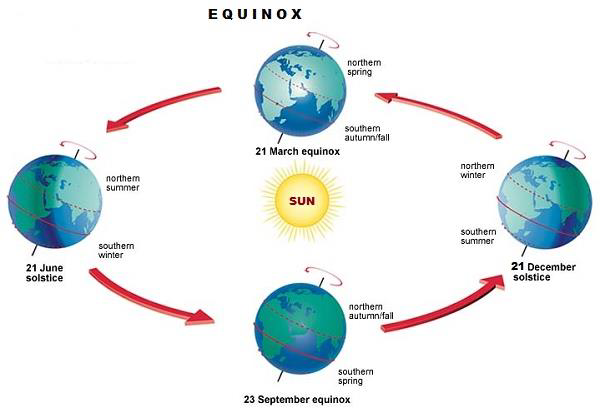
When the difference between the length of day and night is maximum is known as ‘Solstice.’
During the solstice time, the Sun shines over the tropics (either on Tropic of Cancer or Tropic Capricorn).
23.500 North represents ‘Tropic of Cancer.’ On June 21, the Sun shines over the Tropic of Cancer and it is known as the longest day of the year.
June 21 is known as the Summer Solstice.
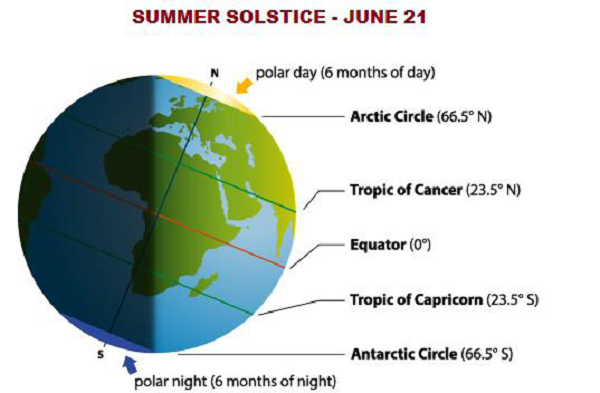
23.500 South represents ‘Tropic of Capricorn.’ On December 21, the Sun shines over the Tropic of Capricorn and it is known as the longest night of the year.
December 21 is known as Winter Solstice.
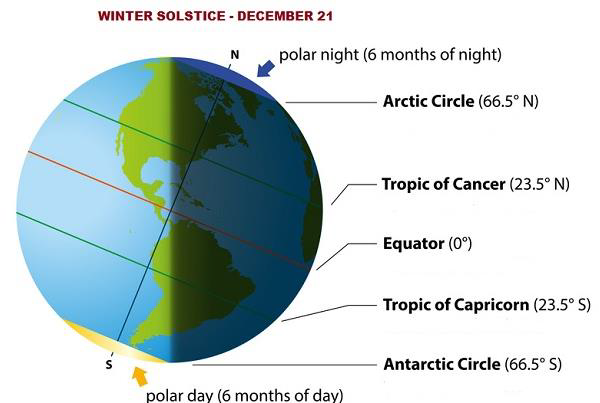
When light of a celestial body is obscured by another celestial body, the situation is known as ‘Eclipse.’
When the Earth comes between the Sun and the Moon, it is known as “Lunar Eclipse.”
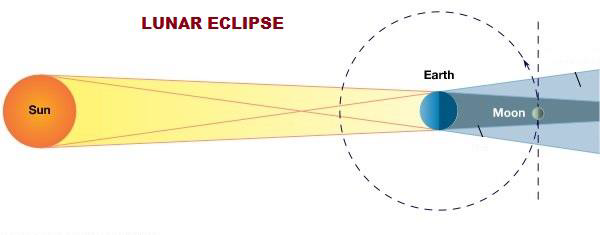
When the Moon come between the Sun and the Earth, it is known as “Solar Eclipse.”
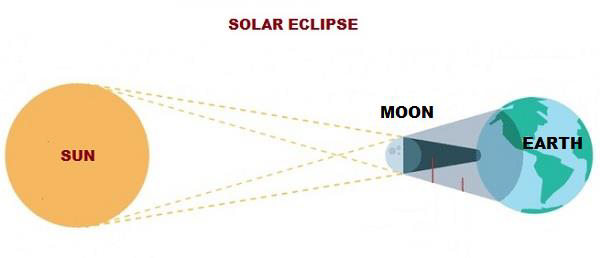

ಕಾಮೆಂಟ್ಗಳಿಲ್ಲ:
ಕಾಮೆಂಟ್ ಪೋಸ್ಟ್ ಮಾಡಿ